In looking at American Indian art, there is a different between tribal art and ethnic art. In his book Native Arts of North America, Christian Feest writes:
“Tribal art was (and is) produced by members of tribal societies primarily for their own or their fellow members’ use.”
One of the classic examples of tribal art is seen in the Plateau basketry hats. The Plateau Culture Area is the area between the Cascade Mountains and the Rocky Mountains in Washington, Oregon, Idaho, British Columbia, and Western Montana. From north to south it runs from the Fraser River in the north to the Blue Mountains in the south. These hats were woven for and used by the women of the tribe.
As tourists began to discover the Plateau area, Indian artists became making basketry items specifically for sale to Non-Indian tourists. These small trinket baskets are a classic example of ethnic: tourists buy and cherish them because they were made by Indian arts, but they are not items which would have been traditionally used by the Indians who made them.
The Columbia Gorge Discovery Center in The Dalles, Oregon has displays of Columbia River basketry hats and small trinket baskets.
Basketry Hats
According to the Museum display:
“Native women of the Mid-Columbia have worn twined basketry hats for generations. Known as Patl’aapa, the hats provided protection from the elements, as well as comfort for cradle boards and gathering basket support straps worn around the forehead. The hats distinguished social hierarchy and expressed personal or family identity. As the tradition of basket making diminished, the basketry hat became a symbol of heritage reserved for special occasions.”
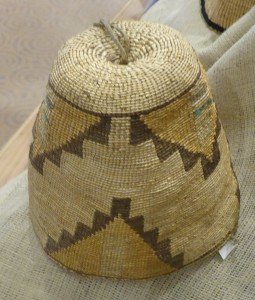
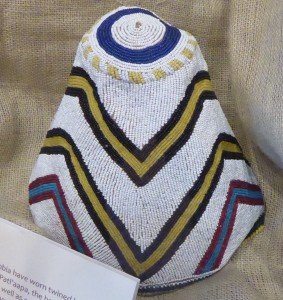
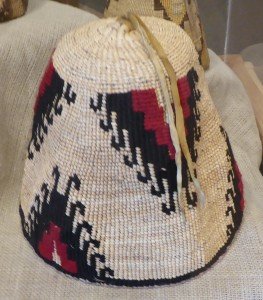
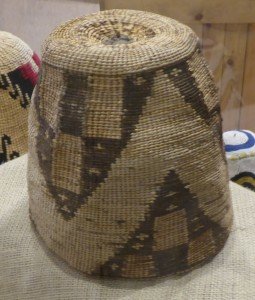
Trinket Baskets
These small trinket baskets were made by Native woman for trade to non-Natives, primarily tourists.
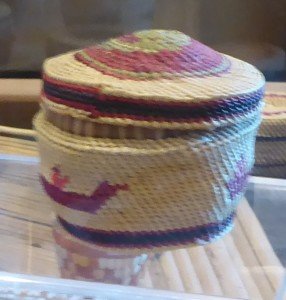
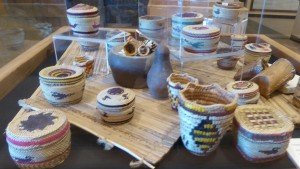
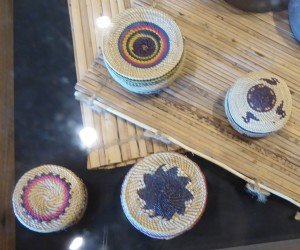
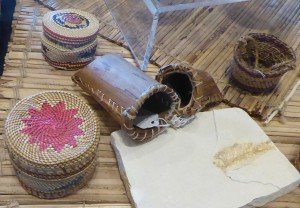
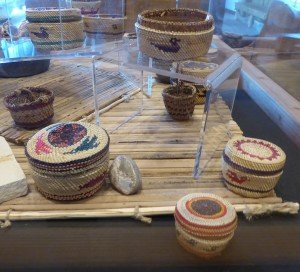
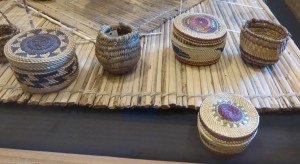
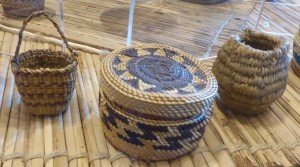
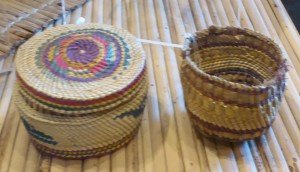
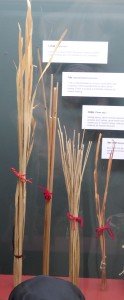
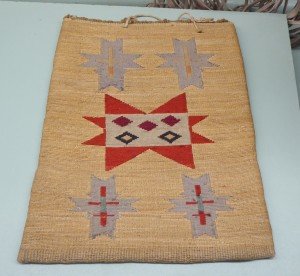
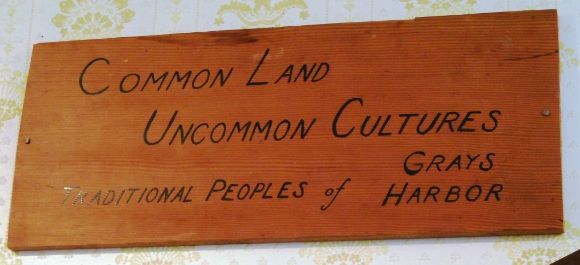
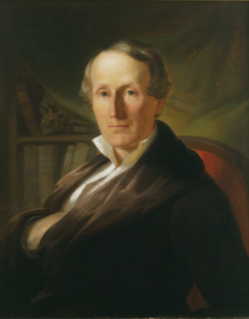
Leave a Reply